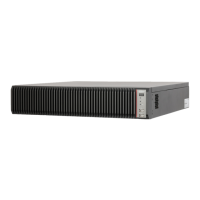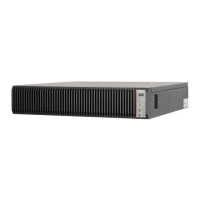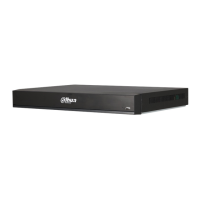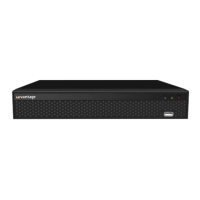User's Manual
351
Appendix 5 Particulate and Gaseous
Contamination Specifications
Appendix 5.1 Particulate Contamination Specifications
The following table defines the limitations of the particulate contamination in the operating
environment of the device. If the level of particulate contamination exceeds the specified limitations
and result in device damage or failure, you need to rectify the environmental conditions.
Appendix Table 5-1 Particulate contamination specifications
Particulate
contamination
Air filtration Class 8 as defined by ISO 14644-1.
Conductive dust
Air must be free of conductive dust, zinc whiskers, or other
conductive particles.
Corrosive dust
Air must be free of corrosive dust. Residual dust present in the air
must have a deliquescent point less than 60% relative humidity.
Appendix Table 5-2 ISO 14644-1 cleanroom classification
— ≥ 0.1 μm ≥ 0.2 μm ≥ 0.3 μm ≥ 0.5 μm ≥ 1 μm ≥ 5 μm
Class 1 10 2 — — — —
Class 2 100 24 10 4 — —
Class 3 1000 237 102 35 8 –7
Class 4 10000 2370 1020 352 83 —
Class 5 100000 23700 10200 3520 832 29
Class 6 1000000 237000 102000 35200 8320 293
Class 7 — — — 352000 83200 2930
Class 8 — — — 3520000 832000 29300
Class 9 — — — — 8320000 293000
Appendix 5.2 Gaseous Contamination Specifications
Usually indoor and outdoor atmospheric environments contain a small amount of common
corrosive gas pollutants. When these mixed or single corrosive gas pollutants react with other
environmental factors such as temperature or relative humidity in the long term, the device might
suffer from a risk of corrosion and failure. The following table defines the limitations of the gaseous
contamination in the operating environment of the device.

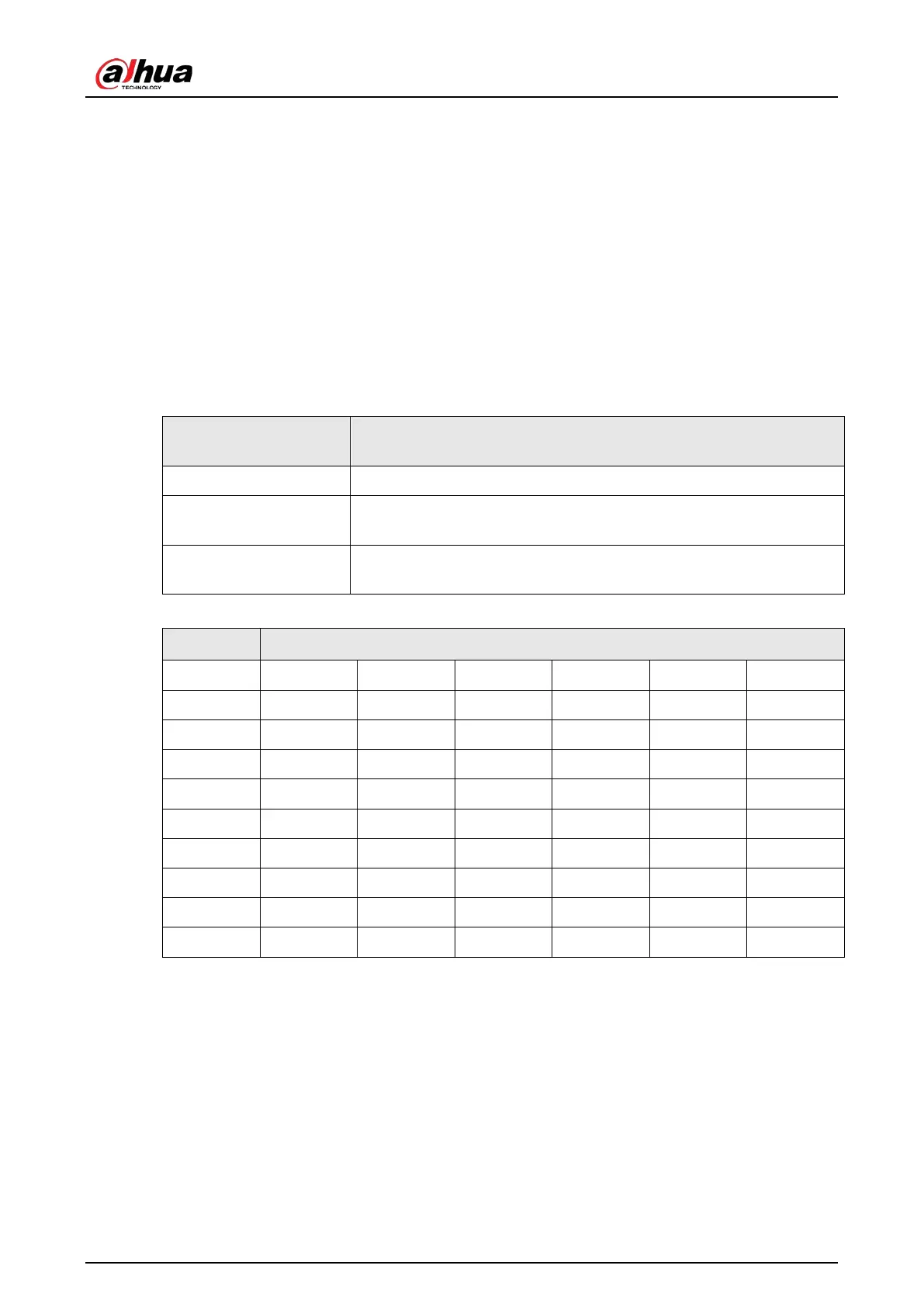